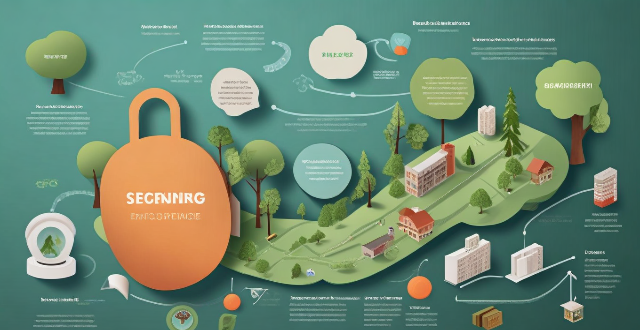Carbon credits are a key tool in the fight against climate change, as they incentivize emission reductions, facilitate international cooperation, support sustainable projects, enhance transparency and accountability, and promote market efficiency. By creating economic value for carbon reduction efforts, stimulating innovation, meeting global targets, sharing mitigation burdens, financing renewable energy and forest conservation projects, ensuring rigorous monitoring and verification, promoting cost-effective abatement, and providing clear price signals, carbon credits play a crucial role in reducing greenhouse gas emissions.

The Role of Carbon Credits in Reducing Greenhouse Gas Emissions
Carbon credits are a vital tool in the fight against climate change, facilitating the reduction of greenhouse gas (GHG) emissions. Here's how they contribute:
Incentivizing Emission Reductions
1. Creating Economic Value: By assigning economic value to carbon reduction efforts, companies and countries are motivated to invest in cleaner technologies and practices. This is because they can earn or save money by reducing their emissions, which can be sold as carbon credits.
2. Stimulating Innovation: The potential for profit from carbon trading encourages businesses to develop new technologies that reduce emissions, accelerating the transition to a low-carbon economy.
Facilitating International Cooperation
1. Meeting Global Targets: Carbon credits help nations meet their emission reduction commitments under international agreements like the Paris Agreement, through mechanisms like the Clean Development Mechanism (CDM).
2. Sharing Mitigation Burdens: Wealthier nations can invest in emission reduction projects in developing countries, where the cost of reducing emissions might be lower, thus optimizing the global effort to cut emissions.
Supporting Sustainable Projects
1. Finance for Renewable Energy: Carbon credits provide financial incentives for renewable energy projects, such as wind and solar farms, which displace fossil fuel-based power generation.
2. Forest Conservation and Reforestation: Projects that protect forests or plant new trees can earn carbon credits, as forests act as carbon sinks, absorbing CO2 from the atmosphere.
Enhancing Transparency and Accountability
1. Monitoring and Verification: To ensure the credibility of carbon credits, rigorous monitoring, reporting, and verification (MRV) processes are employed, ensuring that claimed emission reductions are real and additional.
2. Registry Systems: Carbon credits are tracked through registries, which keep a record of all transactions, ensuring that double counting does not occur and that each credit represents a genuine reduction in emissions.
Promoting Market Efficiency
1. Cost-Effective Abatement: Carbon markets allow for the identification of the lowest-cost abatement options, ensuring that emission reductions are achieved as efficiently as possible.
2. Price Signaling: As demand for carbon credits increases with tightening emission targets, the price of carbon rises, sending a clear signal to market actors about the growing cost of emitting GHGs.
By providing a framework for emission reductions to be quantified, traded, and verified, carbon credits play a crucial role in the global effort to mitigate climate change. They offer a flexible mechanism that can engage a wide range of stakeholders, from multinational corporations to local communities, in the shared goal of reducing greenhouse gas emissions.